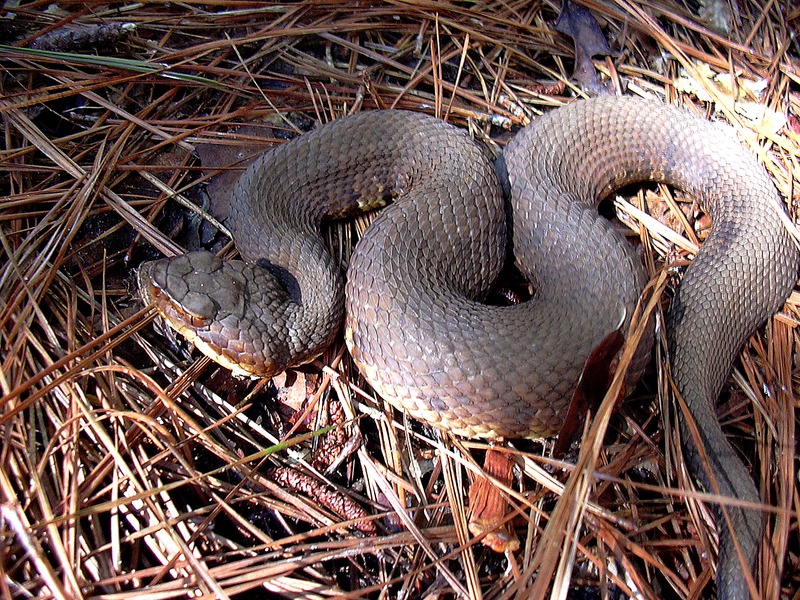File:Agkistrodon piscivorus leucostoma.tiff
Appearance

Size of this JPG preview of this TIF file: 800 × 600 pixels. Other resolutions: 320 × 240 pixels | 640 × 480 pixels | 1,024 × 768 pixels | 1,280 × 960 pixels | 1,632 × 1,224 pixels.
Original file (1,632 × 1,224 pixels, file size: 6.48 MB, MIME type: image/tiff)
File history
Click on a date/time to view the file as it appeared at that time.
| Date/Time | Thumbnail | Dimensions | User | Comment | |
|---|---|---|---|---|---|
| current | 03:41, 29 June 2012 |  | 1,632 × 1,224 (6.48 MB) | Alex T. | {{Information |Description= This photograph depicted a dorsal oblique view of a “western cottonmouth” snake Agkistrodon piscivorus leucostoma. The cottonmouth snakes display a distinct two-tone coloration, the spade-like shaped head, a lateral posi... |
File usage
The following page uses this file:
Global file usage
The following other wikis use this file:
- Usage on en.wiktionary.org


